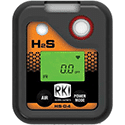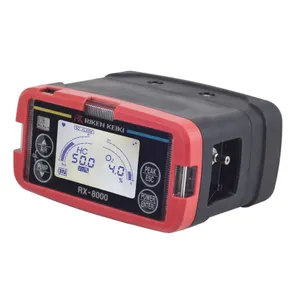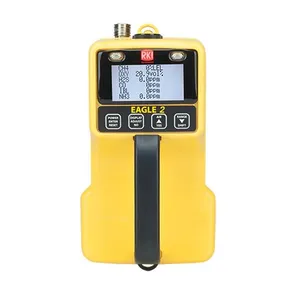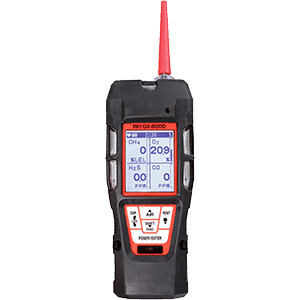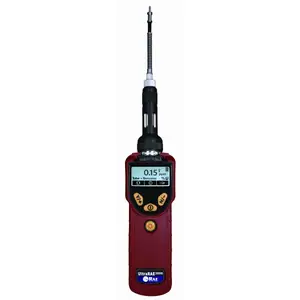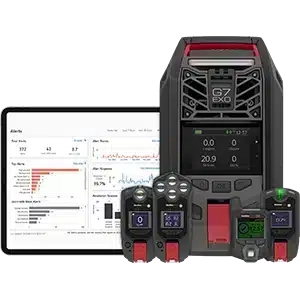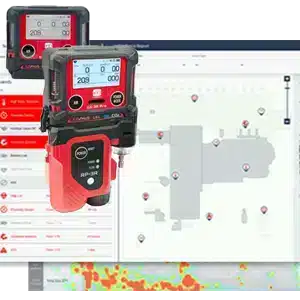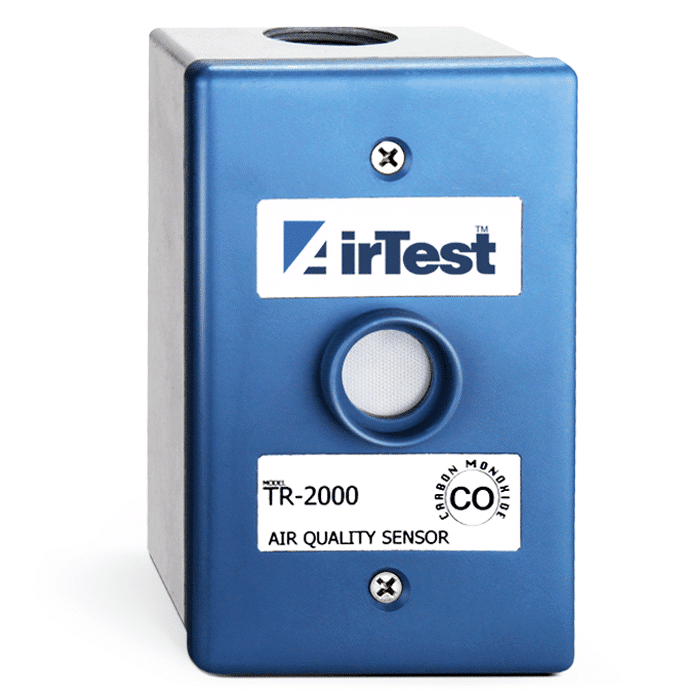Heat Stress Safety
Heat exposure may occur in many workplaces, and under certain circumstances prolonged exposure to the heat can cause illness and or death. Knowing what to look for and how to prevent possible heat stress hazards can make
When the Heat is On, Safety First!
The most serious heat illness is heat stroke. Other heat illnesses, such as heat exhaustion, heat cramps and heat rash, should also be avoided. There are precautions that can be taken any time temperatures are high and the job involves physical work. For outdoor workers, direct sunlight is usually the main source of heat. Humidity in workplaces is also a contributing factor to heat stress.
HEAT STRESS SOLUTIONS
Monitor Employee Exposure
The instrumentation collects environmental data, stores it for download later, or can even send the data to the cloud for immediate analysis to prevent a potential heat stress situation.
Shelter/Shade or Air Conditioning
Provide shelter for workers that blocks direct sunlight and gives them a place to rest and get hydrated/cool.
Personal Protective Equipment
Heat stress personal protective equipment (PPE) is designed to transport moisture, block sunlight, and reduce direct sun exposure.
Hydration
Hydration is key to preventing heat stress. A dehydrated person is not able to sweat fast enough to dissipate heat, which causes the body temperature to rise.
WARNING SIGNS
Working where it’s hot puts stress on your body’s cooling system. When heat is combined with other stresses such as hard physical work, fluid loss, fatigue or a pre-existing medical condition, the possible outcomes could be:
- Heat Cramps
- Heat Exhaustion
- Heat Stroke
Under OSHA, employers have a duty to protect workers from serious hazards in the workplace. This includes heat stress.




